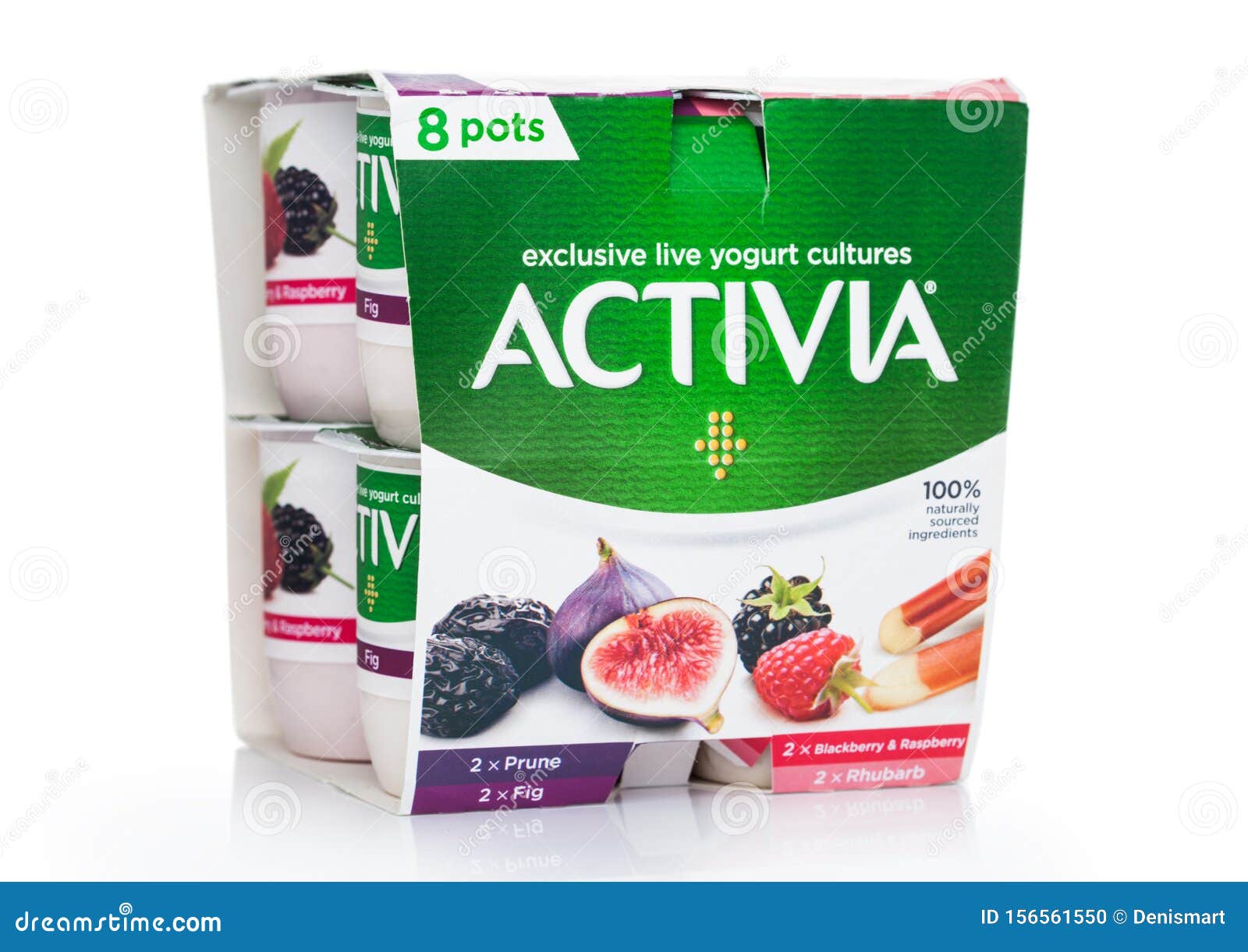Remember the last time you felt that familiar rumble in your tummy, the one that makes you question every dietary choice? I was there. Feeling sluggish and bloated, I knew I needed a change. That’s when I rediscovered the power of probiotics, specifically the magic found in yogurt. While I always knew yogurt was good for you, I didn’t realize how crucial live cultures, or probiotics, were for gut health. So, I embarked on a journey to find the yogurt with the highest concentration of these beneficial bacteria. This quest led me down a rabbit hole of labels, research, and an almost obsessive pursuit of the perfect yogurt. My gut health improved, and I learned a thing or two along the way. Let me share my discoveries with you, so you can make an informed choice and reap the benefits of yogurt rich in live cultures.

Image: www.dreamstime.com
After a few weeks of eating yogurt every day, I started to feel a difference. My tummy felt calmer, my digestion was more regular, and even my energy levels seemed to be getting a boost. I felt confident recommending it to others, but I wanted to share how I found the best yogurt for me. That’s when I decided to dive deeper into the world of live and active cultures, the very probiotics that make yogurt so beneficial.
Understanding Live and Active Cultures in Yogurt
When we talk about live and active cultures in yogurt, we’re referring to specific strains of beneficial bacteria, often called probiotics. These bacteria, like Lactobacillus and Bifidobacterium, are the key players in the gut health symphony. They play a vital role in the digestive process, help maintain a healthy gut microbiome, and even contribute to a robust immune system.
What Makes Yogurt a Probiotic Powerhouse?
The magic of yogurt lies in its fermentation process. When milk is fermented by these live cultures, the bacteria break down lactose, turning it into lactic acid. This process not only gives yogurt its tangy flavor but also creates an environment that supports the growth of beneficial bacteria. The more live cultures present in yogurt, the greater the potential for these beneficial effects.
So how do we know which yogurt will provide the most live cultures? Look for the words “live and active cultures” on the label. This indication means the yogurt contains at least 10 million colony-forming units (CFU) per gram, a number that signifies enough bacteria to potentially provide health benefits. However, remember that CFU counts can vary widely between brands and types of yogurt.
The Quest for the Perfect Yogurt
Choosing the right yogurt can feel like a treasure hunt. Not all yogurts are created equal. Some are loaded with sugar, while others are packed with artificial flavors. My quest for the perfect yogurt led me to explore several different brands. I found that plain, unsweetened yogurt is often the best option because it allows you to control the sweetness and add your own toppings.
But the journey doesn’t end there. Certain types of yogurt, like those made with milk from grass-fed cows or with added prebiotics, can further enhance the beneficial effects. Prebiotics are non-digestible fibers that act as fuel for the good bacteria in your gut. Yogurt with a higher concentration of live cultures, often indicated by a CFU count of 10 billion or more, may provide even greater benefits.

Image: www.gardengrocer.com
Tips & Expert Advice
Now that you’re equipped with the knowledge to navigate the yogurt aisle, I want to share some tips to maximize the benefits of your yogurt choices.
Tip 1: Read the Label Carefully: Start with the ingredient list. Look for minimal added sugar, artificial flavors, and preservatives.
Tip 2: Prioritize Plain Yogurt: Plain yogurt is your blank canvas. You can add fresh fruit, nuts, seeds, or even a drizzle of honey to create a delicious and nutritious snack.
Tip 3: Consider Organic Options: Organic yogurt is often made with milk from grass-fed cows, which may contain higher levels of healthy fatty acids.
Tip 4: Experiment with Different Strains: There are various strains of bacteria found in yogurt. Explore different types to find what works best for your gut health.
Tip 5: Store Yogurt Properly: Keep your yogurt refrigerated at all times to ensure the live cultures remain active.
FAQ:
Q: How much yogurt should I eat daily for optimal benefits?
A: There’s no hard and fast rule, but a typical recommendation is to consume one to two servings of yogurt daily. However, it’s always good to consult your doctor, especially if you have any underlying health conditions.
Q: Can I heat yogurt without affecting the live cultures?
A: Heating yogurt above 115°F (46°C) can significantly reduce the number of live cultures. If you want to warm your yogurt, try using a microwave for short intervals, checking the temperature frequently.
Q: Are there any downsides to eating yogurt with live cultures?
A: While yogurt is generally safe for most people, some individuals may experience mild side effects like bloating or gas when they first start incorporating it into their diet. If you have any concerns, consult with your healthcare provider.
What Yogurt Has The Most Live Cultures
The Yogurt Revolution: A Call to Action
So, are you ready to take control of your gut health? The journey begins with choosing the right yogurt, one teeming with live cultures. Remember, this is a marathon, not a sprint. Be patient, explore different types of yogurt, and listen to your body’s response. Your gut will thank you for it.
Are you interested in learning more about the benefits of probiotics or exploring other ways to improve your gut health? Share your thoughts in the comments below!





